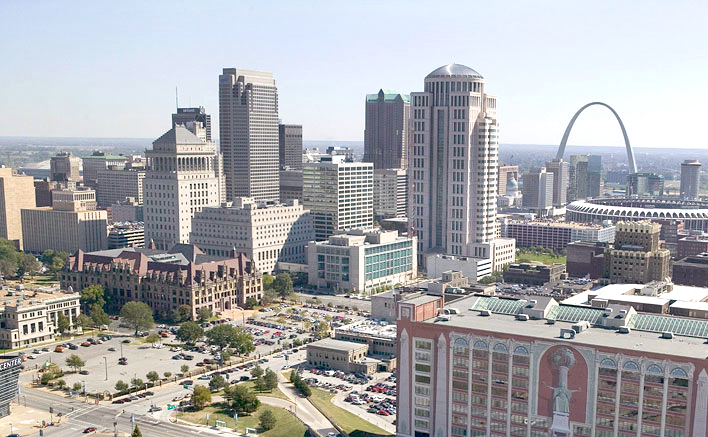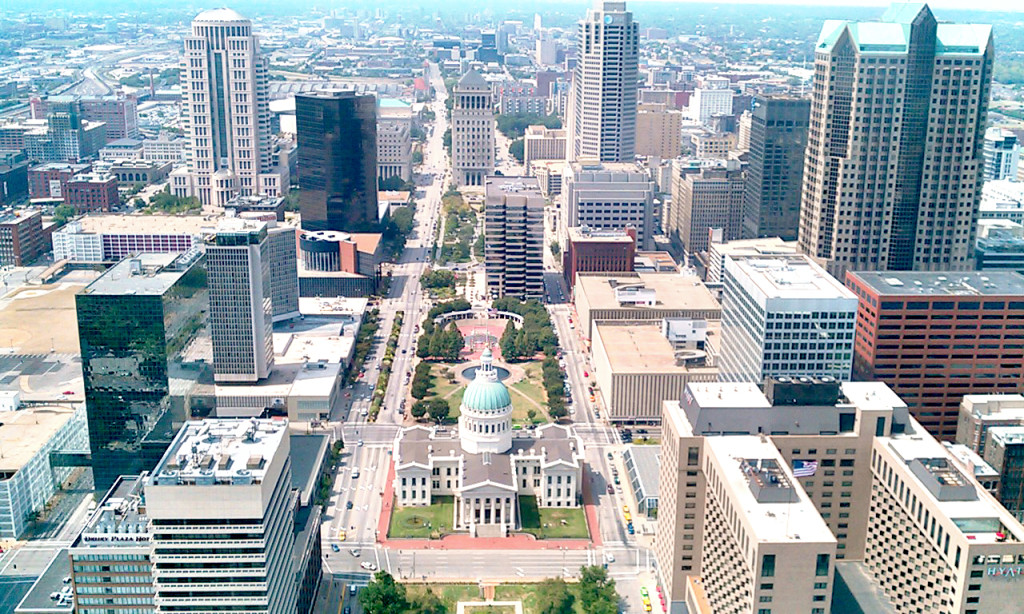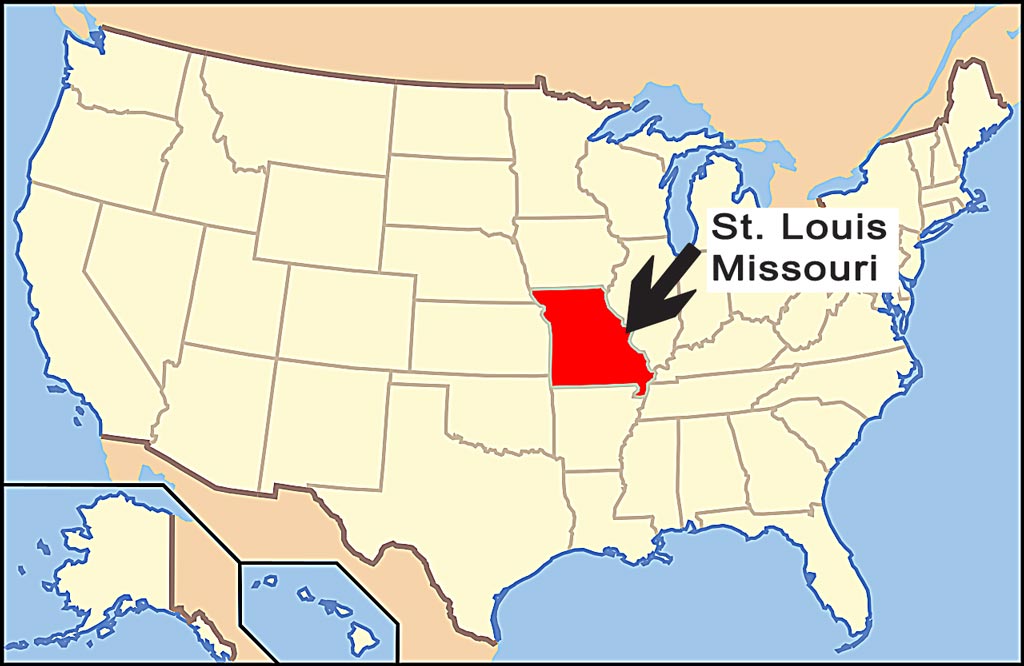Welcoming Immigrants
This Midwestern Mayor Wants Your City’s Immigrants.
The mayor of St. Louis has a bold plan to revitalize the region’s economy and neighborhoods with new immigrants.
National Journal recently visited St. Louis and Ferguson to see how Rust Belt cities are changing after losing more than half their populations. In the coming weeks, Next America will publish a series of stories about the people shaping the St. Louis region’s future.
St. Louis Mayor Francis Slay is on a mission to make his city a magnet for immigrants. He sees them as the answer to bringing back prosperity to the Rust Belt after decades of economic decline. Aside from supporting programs to help high-skilled immigrants find work in local companies, Slay has offered to provide temporary shelter to 60 children from Central America who recently crossed the border. National Journal met with Slay to talk about what the city is doing to attract foreigners, and how the recent riots in nearby Ferguson have affected his priorities. This interview has been edited for length and clarity.
Why did you decide to make St. Louis a welcoming place for immigrants?
Well, attracting immigrants and attracting new Americans to St. Louis is something that is an economic imperative for us. Compared to other regions in America, we have a very small percentage of new Americans within our population. What we’re trying to do is attract and retain the best and brightest minds, including immigrants, to our community to help make sure that we can compete in the global economy. We know that immigrants are a big part of the new businesses. Other cities that have higher levels of immigration have grown economically, population-wise, and we want to be part of that. We want people to know that we are a welcoming community. We want to make sure we take advantage of the influx of people coming into our country as much as we possibly can.
The Mosaic Project’s programs seem to target educated, affluent immigrants. Is that who you want to bring to St. Louis?
Our efforts to be a more welcoming community for immigrants don’t stop with certain programs within the Mosaic Project. Part of our effort includes the International Institute, which is an organization that serves all immigrants, of every kind. We partner with them and they are very engaged in what we are doing. Casa de Salud is a program that is targeted toward immigrants who are here, who need healthcare, and who are not connected to the system. These are generally low-income families, some of them undocumented, who come into our community. This is a regional effort that we’ve undertaken. The Mosaic Project is structured so that programs deal with people in the corporate world and people who are coming out of school, who have visas and who may have citizenship. But that is not exclusive.
What made you decide to offer shelter in St. Louis to Central American children illegally crossing the border? Did you worry that people might not be so supportive?
First of all, we did this because it’s the right thing to do. You have thousands of young teens who have come into our country, who are now housed in government detention centers near the border. They’re scared, they’re alone, and they have no place to go. We are a caring community and we had a huge amount of support from Catholic Charities, United Way, Washington University, Casa de Salud, International Institute. All these organizations came together very, very quickly. We’re talking about 60 children in three facilities. Did I think everybody was going to support it? Absolutely not. But I’ll tell you, we got a very good response from the community. The negative reaction was very limited. I’m proud of St. Louis. We did not get some of the strong negative responses that other cities have received, even in the state of Missouri. To me, this isn’t about politics, this is about people and kids that need help. We’re going to leave the debate and the blame-game to Washington and maybe someday they will come to an agreement on immigration reform.
How do you think the events in Ferguson have affected your efforts to make the St. Louis region an attractive place to live?
I think the ramifications of the events in Ferguson have yet to be seen, but it has an impact on the entire region. There’s a lot of anger in the community, and of course that has manifested itself in large-scale protests and in some cases violence and looting and other things. So it does impact the image of our city and that is not a good thing. It’s something that we as a community are going to work really hard to deal with and approach in the very best way, in very difficult circumstances. So what that means long-term for all of our efforts is yet to be seen, but it’s certainly not going to deter us from our efforts to make St. Louis a more welcoming place for more people, a place of opportunity, a place where we respect everyone and do anything we can to make sure that anyone who comes to our city can feel like they are an important part of the community.
St. Louis has a long history of segregation and racially divided neighborhoods. What are you doing to address racial disparities, especially in light of the protests in Ferguson?
What’s happening in Ferguson does a few things. First of all, it really raises the level of awareness to more people. Whatever we’re doing, it’s not good enough. And I think that these are tough issues. We spend a large portion of our time addressing economic disparities, racial disparities. That was one of the topics of our cabinet meeting this morning. What are we doing to try to help address economic disparities? We’ve made a lot of progress in improving educational opportunities for our youth. The number of performing seats in our public schools that meet state standards has doubled. We’re doing a lot of things, but that’s not good enough. What I challenged my staff and cabinet to this morning was to do more. What’s happening in Ferguson is really something that has risen to the top in a more visible way, to more people in cities across America. And how we’re viewed as a city, how we’re viewed as a region, really comes down to what we do for our most vulnerable citizens.
Source: Alexia Fernandez Campbell / National Journal
=================================
Mayor Francis Slay – Immigration and Impact – Part 1
Mayor Francis Slay – Immigration and Impact – Part 2





